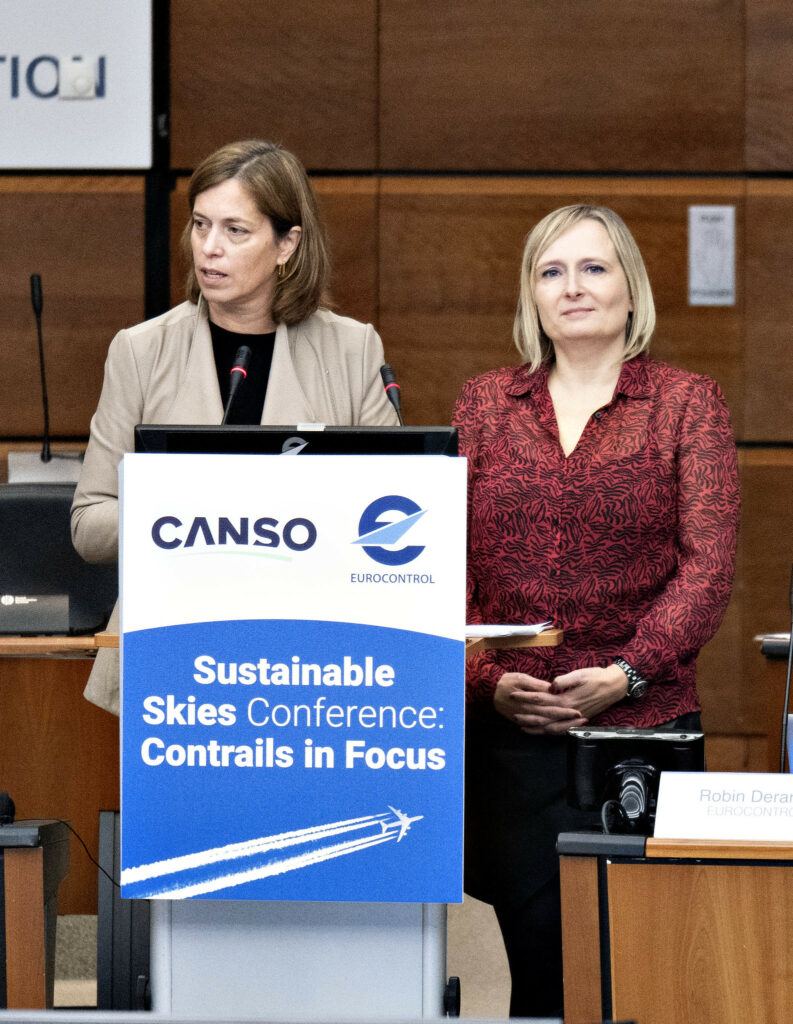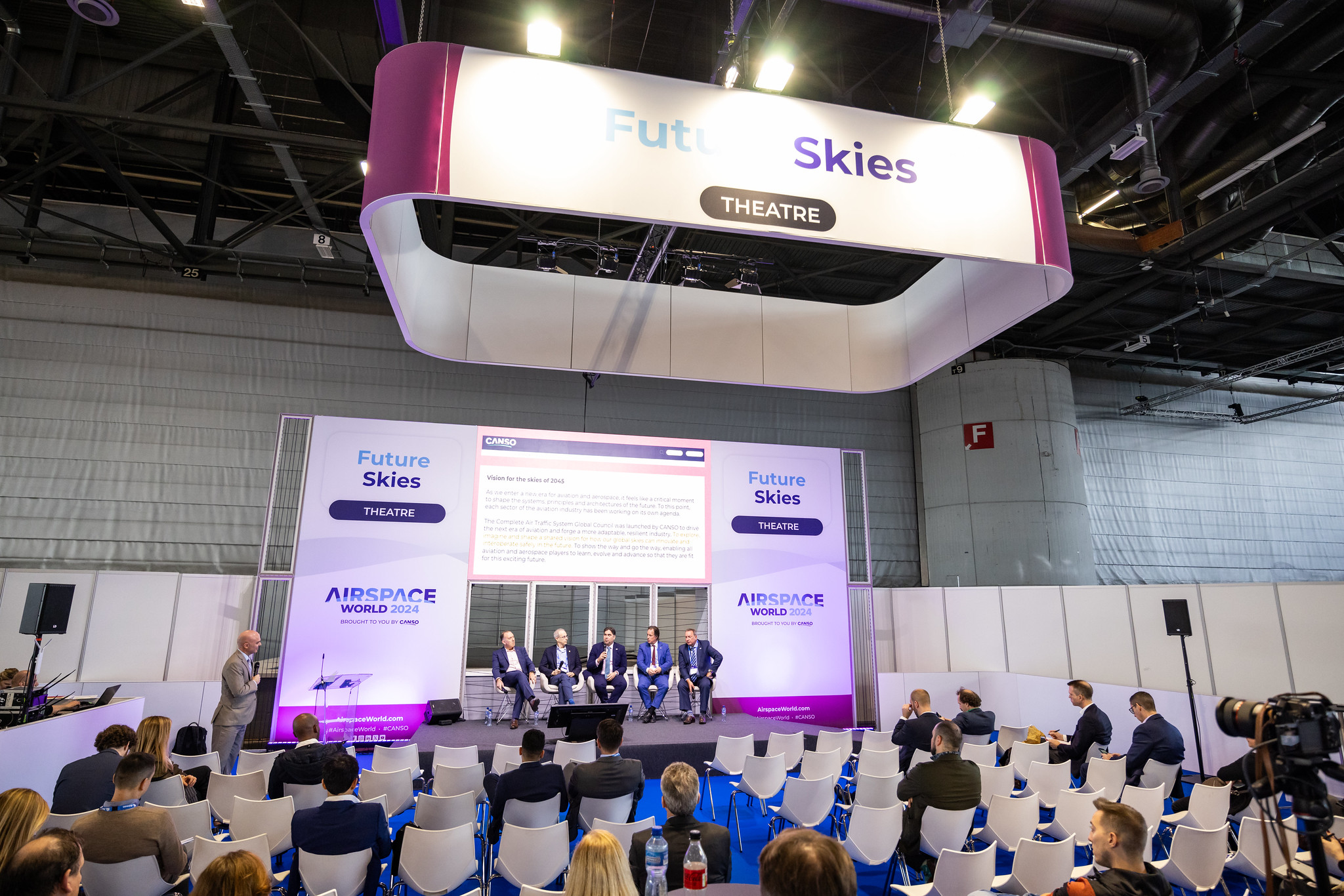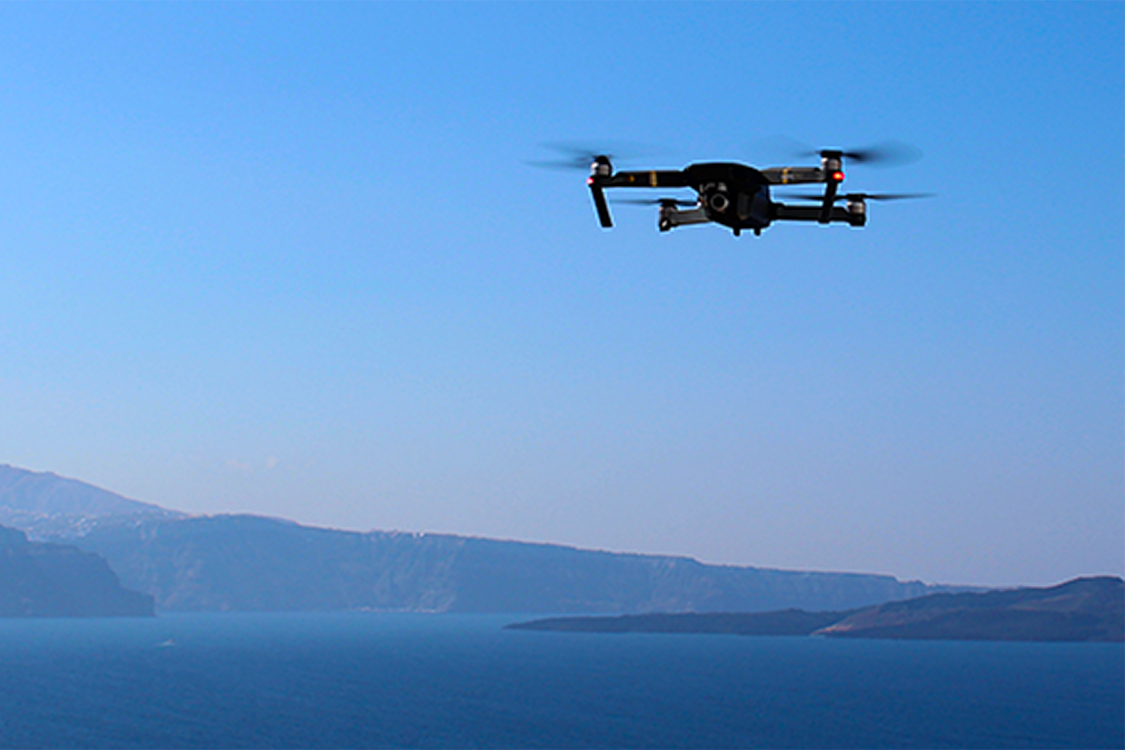Clearing the air on contrails
On November 7 and 8, CANSO co-hosted with EUROCONTROL the Sustainable Skies Conference: Contrails in Focus. The event brought together scientific research and academic organisations, technology suppliers, aircraft manufacturers, the fuels industry, ANSPs, airlines, pilots, government agencies and NGOs active in the environmental sphere.

Those linear clouds in the sky aren’t just interesting formations, but in certain circumstances are contributing to climate change by causing radiative forcing and changing the balance between how much energy from the sun reaches the earth’s atmosphere and how much escapes.
The first day of the conference focussed on clarifying how and why contrails form, how persistent contrails can impact climate, and how that impact should be viewed in relation to CO2, where the industry already has strong environmental objectives to reduce its emissions to net zero by 2050. Limitations in weather forecasting and opportunities to improve its accuracy were explored along with efforts to detect and track contrail formation to better understand their impact, and then enable mitigation.
The conference’s second day switched its focus to potential mitigation measures and the various studies, trials and simulations that have been undertaken or are ongoing to explore ways to minimise the formation of contrails through avoidance techniques such as adjusting altitudes, and the challenges of deploying such techniques at scale in busy airspace. Conference attendees also learned how the use of Sustainable Aviation Fuels has shown some potential to reduce contrail formation, and the potential of new engine technologies.

It was an inspiring and thought provoking two days for anyone who works in aviation or climate science. I am encouraged to see the extent of the work that is being done to answer the important questions that must be answered to ensure that contrail mitigation can be done in a way that is safe, effective and that doesn’t cause unintended consequences for the overall efficiency and capacity of our skies.
The aviation industry is already highly focussed on reducing our climate impact. For the ATM community that has always meant measures to reduce excess fuel burn by aircraft operating in our skies and on the ground. However it is clear that eventually that must also include measures to reduce the climate impact of contrail formation. It may even be that slightly higher fuel burn will be necessary as a result of operating at non-optimal altitudes, but that the net climate impact will be worth it.

It is important that the work be done to understand these trade offs and to refine the operational concept by which contrail avoidance measures are broadly deployed at scale in our skies. In conjunction with this, efforts to improve forecast accuracy and relevant weather data availability are critical so that mitigation measures can be appropriately targeted and therefore more feasibly implemented.
The brilliant minds and momentum behind this issue leaves me optimistic.

Michelle Bishop CANSO Director Programmes (left) and Marylin Bastien, Head of the Aviation Sustainability Unit, EUROCONTROL close the conference.




